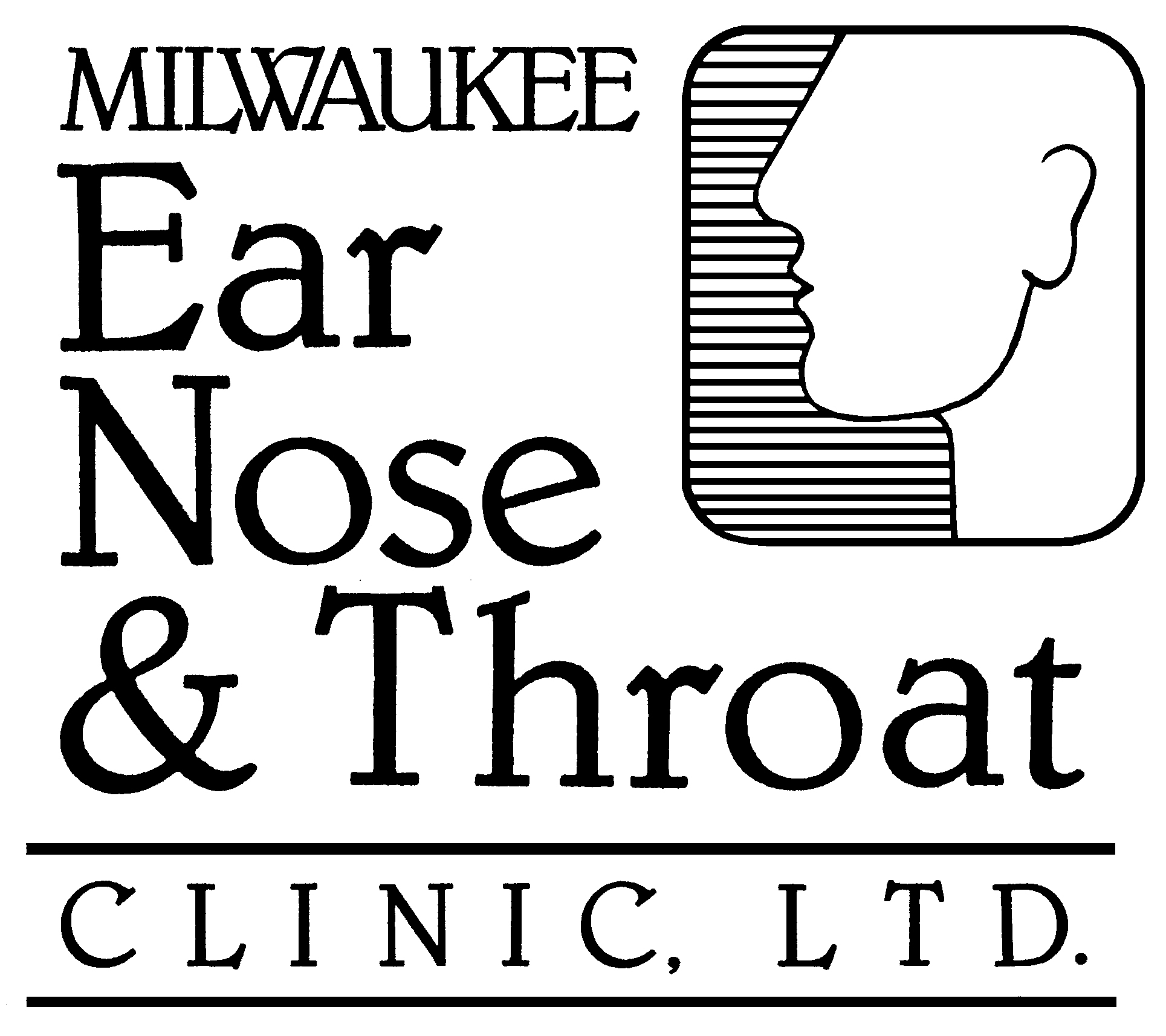Human
Papilloma Virus (HPV) causes a number of diseases and is most commonly
discussed in reference to sexually transmitted diseases. HPV infection
has a substantial impact in ENT. It has multiple subtypes that are
associated with diseases extending from completely benign to invasive
carcinoma.
There are more than 150 subtypes of HPV. Seventy-five percent of HPV
types are associated with the common wart, and 25% are associated with
diseases in the mucosa of the nose, sinuses, oropharynx, larynx, and
ano-genital region. HPV types are categorized as low risk and high
risk. The most common types seen in ENT are 6, 11, 16 and 18.
Types 6 and 11 are low risk for malignancy. Types 16 and 18 are high
risk. High risk is associated with cytologic changes of dysplasia,
pre-cancer and malignancy. Infection of types 6, 11, 16 and 18 are
largely contracted by sexual contact. There are reports of HPV
infection in monogamous relationships, and in individuals with no
sexual activity. HPV infections are very common. Seventy-five percent
of sexually active people ages 15 - 49 years have been infected at
sometime. Most HPV infections are temporary and resolve with no long
term consequences. Five - ten percent of cases with HPV infection
persist with significant impact on quality of life.
Laryngeal
Recurrent
respiratory papillomas (RRP) have been associated with genital condyloma
since the 1950's. RRP is second to nodules as benign laryngeal lesions
in children. There are approximately 20,000 cases of RRP in the US. RRP
types 6 and 11 are also the most common subtypes associated with ano-genital
condyloma. Pediatric RRP is most commonly diagnosed between ages 2 - 4
years. Adult RRP is most commonly diagnosed between ages 20 - 30 years.
RRP in children is a more persistant and aggressive disease than the
adult form.
About
twenty-five percent of RRP are type 6, 66% are type 11, and 14% percent
type 6 and 11. Types 16 and 18 are rare in RRP. Cases with type 11 alone
and in combination with type 6 have more severe disease,,longer illness,
and require more surgical procedures than cases with type 6 alone.
Malignant transformation to squamous cell carcinoma is more common in
type 11.
Pediatric
RRP has a 200 - 400% increased risk of occurrence if the mother has
active HPV disease at the time of delivery. Exposure at delivery may not
be the only factor, as HPV has been found in amniotic fluid. The
American College of OB-GYN does not have a C-section indication based on
the mother's HPV status.
Nasal-Sinus
Within
the nasal fossa, papillary lesions occur commonly on the vestibular
skin. These squamous papillomas are benign, usually HPV types 2, 4 and
6. Types 2 and 4 are associated with the common wart. Treatments for
these include excision, cautery and cryotherapy with recurrence being
common. Inverting papillomas are a distinct pathologic sino-nasal
entity. HPV types seen with inverting papilloma are 6, 11, 16 and 18.
Fungiform papilloma are exophytic in growth usually occurring on the
septum. Schneiderian and Inverting papillomas are located on the lateral
nasal wall and sinus mucosa. These are locally invasive with ability to
destroy bone, extend intraorbital and intracranial. Inverting and
Schneiderian papillomas have potential for squamous cell malignancy. HPV
types 6 and 11 are noted to have less frequent recurrence. Types 16 and
18 are more likely to recur and have malignant transformation. Tissue
typing may be of value as to prognosis and recurrence.
Oro-Pharyngeal
Tobacco
and alcohol. For years these two substances alone or together were felt
to be the primary risk factors for head and neck cancers. From 1965 to
2009 there was a 50% decrease in the percent of smoking adults. The
number of smokers changed little, but with population increase the
percentage dropped substantially. Alcohol consumption shows a less
dramatic but significant decrease in percentage of people drinking
alcohol, and a decrease in the amount of alcohol consumed. With these
risk factors decreasing the rates of oral cancers have decreased over
the last 30 years, but there is an increase in tonsil and base of tongue
cancer. HPV was first observed in Oro-pharyngeal squamous cell cancer in
the 1980's. Since that time, the research into HPV + Oro-pharyngeal
cancer has exploded. Typing of HPV in oro-pharyngeal cancer is necessary
as treatment plans have changed dramatically over time based on these
results. Most of the tumors that are HPV positive contain HPV type 16
with oncogenes E6 and E7. The increase in HPV + cancers is felt to
represent the increase in HPV Genital infection rates over the last 30
years.
Otology
HPV
DNA has been detected in cholesteatomas in rates from 3 - 36 %. There is
no substantial evidence for HPV as a factor for cholesteatoma formation.
Prevention
Because
of the extent of disease that may occur in ENT from HPV, immunization
information is very important. Current CDC recommendation is for a
series of three vaccinations over a six month period for males and
females ages 11 - 12 years, and for males and females who have not
completed this series ages 13 - 21 years. Vaccination may be given as
early as age 9 years and as late as age 26 years.
Two vaccines are FDA approved.
Gardisil is for males and females and immunizes for types 6, 11, 16
and 18. Ceravix is for females only and immunizes for HPV 16 and 18.
The HPV vaccine is not a preventative of other sexually transmitted
diseases. The HPV vaccine is not a treatment for existing HPV disease.
Additional boosters may be needed in the future, as length of
protection is not known. Vaccinations are 99% effective for prevention
of disease from the specific subtypes.
Robert
C. Waters, M.D.
Medical University of South Carolina
